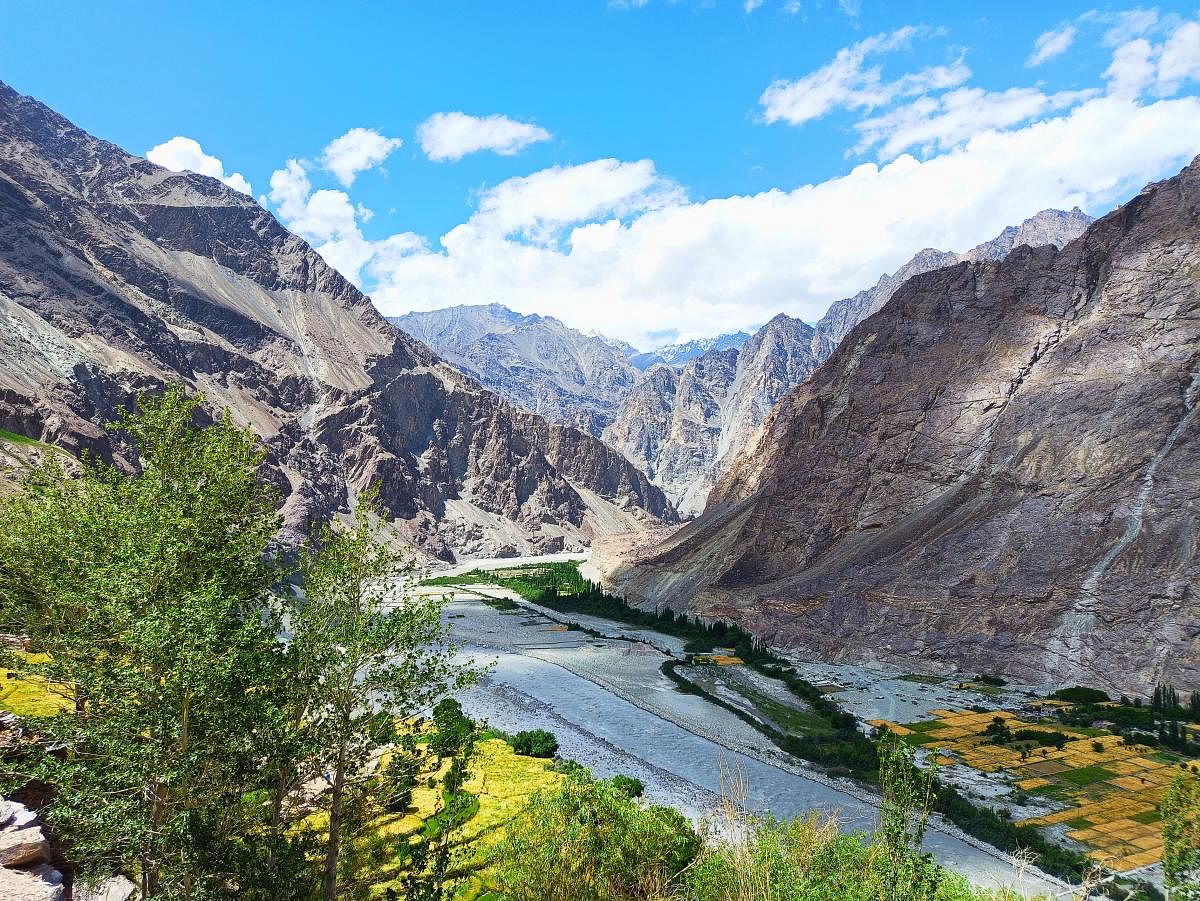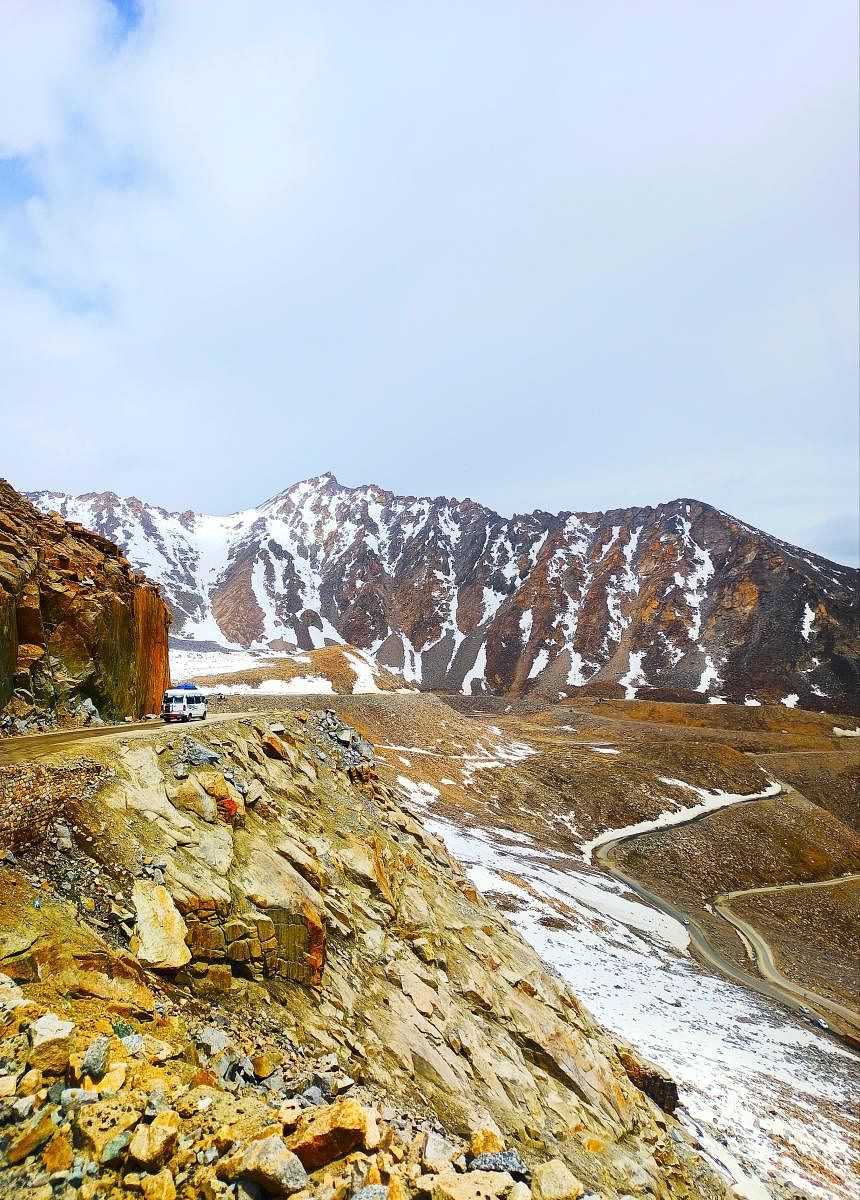

After the second wave of the pandemic, I was desperately waiting to go somewhere for a solo trip and wanted to take a short break from my career and routine. I decided to head to Jammu and Kashmir. When one thinks of Kashmir, there is no denying the charm of its heart, Srinagar, which is surrounded by lakes, and mountains on the banks of river Jhelum.
Srinagar has been my dream place since my childhood when I played Euro poly (Business Board Game). When the lockdown protocol was regulated, Kashmir’s tourism was on hold but now it is booming with the highest footfall. Domestic tourists are allowed to enter Kashmir with a Covid negative report which is valid up to 72 hours and an E-pass is not mandatory. Airport officials urge people to strictly follow Covid-19 protocols. After a detailed verification of RT PCR reports, they exempt us with a stamp. There’s no weekend curfew in this entire state and some top places like Ladakh are witnessing the highest tourist footfalls. 10,000+ travellers visit these places during weekends and some people already started to work remotely from there.
Kashmir’s atmosphere is quite convivial in the months of July-October and I made an audacious random decision to travel solo to Kashmir and it was worth it. I planned for roughly an 8-day open circuit, road trip from Srinagar. I covered Nigeen lake, Sonmarg, Kargil, Ladakh, Nubra Valley, Tyakshi, Turtuk, and Pangong.
The Shikara ride at Nigeen lake was incredibly mesmerising amidst the humongous mountains and tulips. Unlike us urbanites who buy land to construct our abode, they buy aqua plots and cultivate fruits, vegetables, and fresh flowers. They also hunt fish for a hobby. As we passed by the lake, we found many beautiful houses with kids playing around and local folks going to their farms to pluck vegetables. Even though it was 8 pm, the sky was sunny and bright.
At Khardung La, the world’s highest motorable pass, I had to encounter few challenging events such as climbing a peak, that moment was too poignant to be amazing. Situated nearly 18,000 ft above sea level, it felt like the top of the world! The view from the snow-capped mountains is surreal and the o2 levels extremely low. With complete physical breathing training and equipped with suitable medicines, I was prepared for this adventurous 1000+ km of road journey to reach this viewpoint.
I also tried river rafting at Shyok River, known as the River of Death. It was very dangerous and unfortunately, while rafting, one of my co-rafters slipped and fell into the ghastly rapid river. I took it all in for a few moments and it petrified me. The waves were very ferocious, and one should be incredibly careful.
During the war between India and Pakistan in 1971, five villages of Pakistan came under the control of India. Out of those, I had been to Turtuk and Tyakshi which majorly constitute Balti people.
The connectivity is so weak that locals must travel more than 150 km to use internet services. And then the banking facilities are so ill-equipped that it takes many weeks for them to get their hard-earned money.
The main source of income here is from agriculture (majorly wheat and apricots) and tourism. I indulged in all the local foods, faced bizarre situations, played with snowflakes, took a rental hackney carriage, took scads of pictures, met new people, asked strangers to take my pictures, spoke to local people in their language (mainly Kashmiri and Balti) even though I don’t know the proper pronunciation, jumped off the cliffs, climbed the mountains, and felt like this world is mine!
What to pack
The most important thing during your travel is to minimise the risk of falling sick as well as keeping others around you safe. Here’s my comprehensive list of things to pack:
Winter jackets, warmers, boots, and scarves for travel in the snowy areas.
A pack of disposable 2-3 reusable face masks, sunscreen, and wet tissue packs.
Sanitisers and five sets of masks for personal use.
Medicines especially for fever, headache, acidity, gastric issues, high altitude sickness, and camphor or eucalyptus oil for regular sniffing.
Carry postpaid BSNL SIM cards. (J&K shares its border with two countries: China on the east and Pakistan on the west. Due to its strategic location, only postpaid BSNL SIM cards work there. To get a local Airtel or BSNL prepaid SIM card, remember to carry your Voters ID.)
Carry enough eatables and also carry some extra snacks so that you can share them with children around as the smile on their faces is priceless!
If you are visiting Kargil, please carry postcards with you. Kargil is a special place, and writing a letter to your loved ones has its significance.